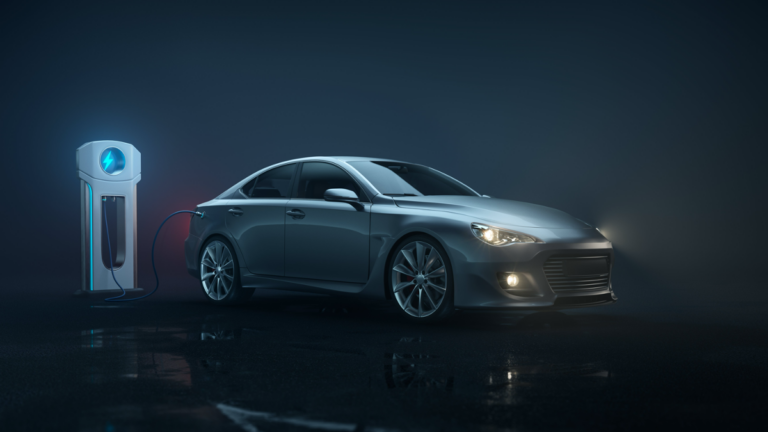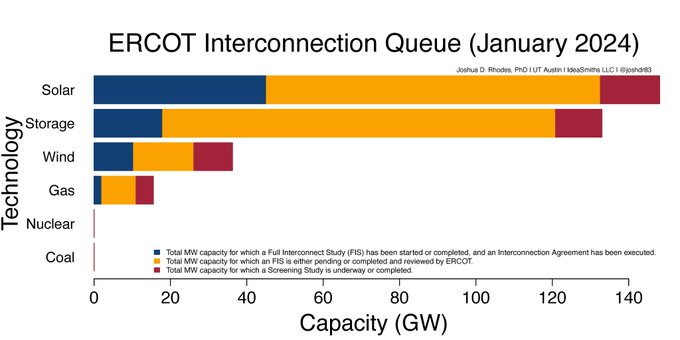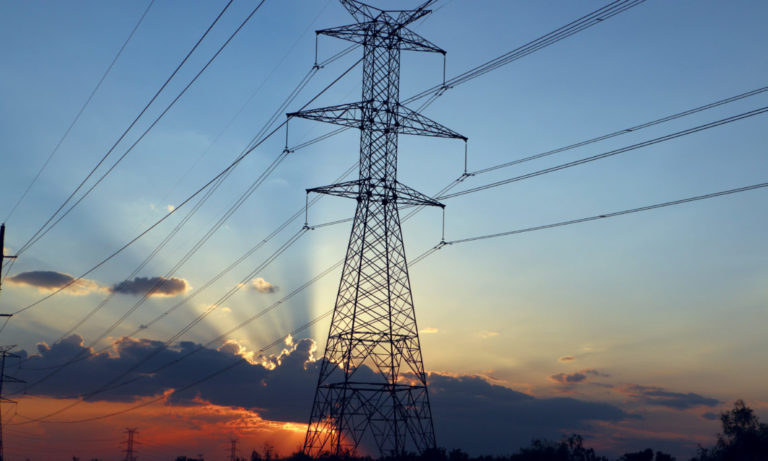February 14, 2019
Two of Texas’ most innovative grid edge organizations have teamed up to demonstrate that electric vehicles can help to integrate distributed energy resources and manage the grid.
Last week, Pecan Street Inc., an Austin-based energy research organization, and the publicly owned electric utility Austin Energy launched what they say is Texas’ first grid-tied vehicle-to-grid (V2G) research and testing center.
The project is part of a larger Austin Energy research program called SHINES (Sustainable and Holistic Integration of Energy Storage and Solar Photovoltaics), which aims to optimize the integration of distributed energy resources, inverters and smart controls on the grid at utility, commercial and residential scales. SHINES is supported by $4.3 million from the U.S. Department of Energy’s SunShot Initiative, $1 million from the Texas Commission on Environmental Quality, and matching funds from Austin Energy.
“Home storage and EVs can become valuable grid assets that help meet clean energy and energy affordability goals if utilities can efficiently integrate them and incentive consumers to participate in peak-shaving programs,” said Pecan Street CEO Suzanne Russo in a statement.
The V2G testing is underway at Pecan Street’s lab located in Austin’s Mueller neighborhood. Over the past 10 years, Pecan Street has installed energy monitoring equipment in existing homes in the area, including more than 250 with rooftop solar and 65 with electric vehicles parked in the garage.
The mix of distributed energy resources in that research network, along with the granular data harvested along a single distribution feeder, affords Pecan Street a unique test bed capability.
“We have monitoring systems in place where we get circuit-level data at 1-second to 1-minute intervals on up to 24 circuits in a home,” Scott Hinson, Pecan Street’s chief technology officer, told Greentech Media in an interview.
As projects in the research area evolved, he said, Pecan Street saw an opportunity to add V2G testing to the mix.
“Instead of just doing fixed residential energy storage systems,” Hinson added, “we decided to add the vehicle-to-grid capability to our system aggregator and make that resource available to Austin Energy.”
Dispatchable EV batteries
Thus far, V2G testing under the project is limited to one 2018 Nissan Leaf, equipped with a 40-kilowatt-hour battery pack, shared by Pecan Street and Austin Energy.
GTM asked Hinson if Pecan Street planned to recruit private electric vehicles at some point to participate in a larger V2G research or demonstration project.
“I would love to expand this to a wider, distributed participation model,” he said.
But, at least for now, he added, “what we’re looking for is not so much volume. This is more a test bed in terms of: How fast can we get this resource to respond? Is it possible to use these things for all the various ancillary services you’d want from a grid?”
“There are marketplaces looking at some very fast frequency regulation,” he went on. “Could it do that? Probably not, the inverter is not responding fast enough. But, for ramping reserves…the system is fast enough for those kinds of applications, which are pretty valuable.”
The Nissan Leaf test vehicle is also a working vehicle. Pecan Street staff can reserve the car to attend meetings or run errands. For that reason, and with the experience of a typical Austin commuter in mind, the Pecan Street team established defaults for battery availability: 28 kilowatt-hours is made available to Austin Energy for grid services; 12 kilowatt-hours, or about 35 miles of range, is reserved for driving.
“We’ve put in a lot of logic in the aggregator to reserve vehicle resources so that it can be used,” said Hinson. “We have to make some smart decisions on availability for grid resources, and how that gets messaged — because the last thing a homeowner or one of our employees want is to go to a meeting and there is not sufficient range.”
According to Pecan Street, each EV connected to a V2G system comparable to the one it is testing in Austin could power up to five homes for around an hour.
Preparing for summer peaks
Pecan Street’s V2G testing is scheduled to run for another eight months.
“We are in the demonstration phase. The assets are all online,” said Hinson. “We report our aggregated assets to that system. We are responding to calls for charge and discharge events.”
He is eager, he added, to see how the V2G system performs in the coming months, especially during summer peak electricity demand events.
“I’m most curious, obviously, to see what happens during peak. I’m also very curious to see what happens in another month-and-a-half or two months for voltage control along the [distribution] feeder during the shoulder months,” he said.
Hinson said the system should be well suited to handle the “duck curve” late afternoon/early evening ramping issue so familiar to California grid operators.
Austin, like many Sun Belt cities, often relies on demand response, especially adjusting thermostat set points, to reduce system load at times of peak demand. Residential customers who participate in Austin Energy’s PowerSaver Volunteer program receive email or text alerts asking them to conserve electricity when the grid is strained.
Energy storage and V2G capabilities provide Austin Energy with additional options.
“This will be the first time we’ve been deploying energy storage in Austin Energy service territory for those same sorts of events,” said Hinson.


















